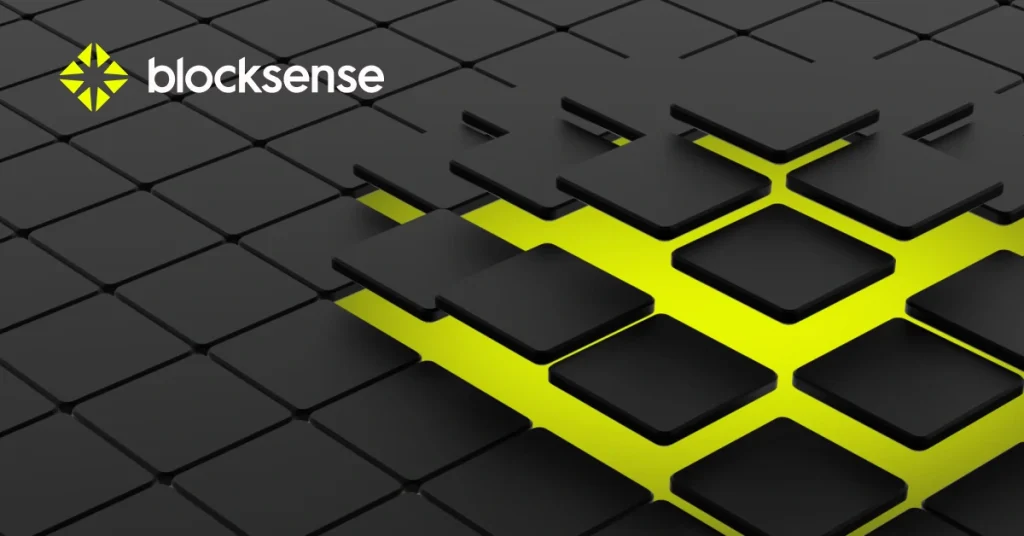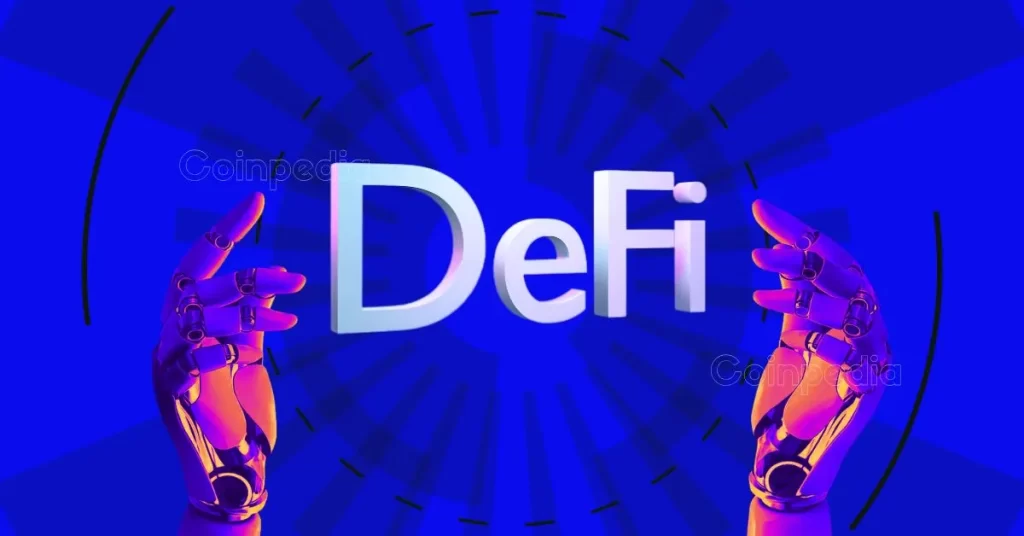ARTICLE AD BOX

The post Blocksense Moves Beyond the Oracle Bottleneck with Verifiable, Permissionless Infrastructure appeared first on Coinpedia Fintech News
As web3 scales across new chains, verticals, and user experiences, one foundational layer has remained frustratingly stagnant: oracles.
While computation and storage have seen real breakthroughs, oracle infrastructure still relies heavily on permissioned setups, opaque pricing, and manual onboarding. The result is a bottleneck that slows innovation and burdens newer chains with long lead times and steep costs.
Blocksense, a zero-knowledge-native oracle protocol launched in 2024, set out to change that. One year after raising a $4 million pre-seed round, the team has evolved from early-stage concept to active deployments across more than two dozen ecosystems. Live feeds now serve builders on Aztec, Citrea, Pharos, Aurora, TAC, Plume, BIMA, and Manta Network, with the protocol preparing to join EigenLayer as an Actively Validated Service (AVS), and its SDK entering public release.
From Seed Round to Ecosystem Integration
In mid-2024, Blocksense raised funding to build oracle infrastructure from scratch. Programmable, verifiable, and open by design.
That vision has materialized into a protocol with measurable traction. It uses a ZK rollup-inspired architecture that allows feed updates to be batched and verified through zero-knowledge proofs. This drastically reduces on-chain cost while maintaining full integrity. Consensus is secured using zkSchellingPoint, where reporters vote in secret and are only rewarded if their submissions match the final majority.
These aren’t theoretical claims. Blocksense’s system is already live in testnet environments, with pull-model feeds supporting DeFi protocols, prediction markets, real-world attestations, and emerging use cases in AI inference.
Oracle-as-Code: Programmability Comes to Data Feeds
What truly distinguishes Blocksense from earlier oracle models is its programmability. Legacy oracles operate as walled gardens. Developers often need approvals just to get a new feed listed — a process that can take weeks and limit experimentation.
Blocksense flips that model. With its SDK, developers can define oracle logic in a WebAssembly-compatible format, specifying exactly what data to fetch, how to process it, and under what conditions to publish it. Once deployed, these scripts can be executed by node operators and verified on-chain — without any centralized bottlenecks.
This shift from “oracle-as-a-service” to “oracle-as-code” unlocks a wide range of new use cases:
- Pharos uses programmable feeds to resolve prediction markets based on game-theoretic input.
- TAC triggers smart account actions only when multi-agent intent conditions are met.
- Citrea leverages custom scripts to publish Bitcoin L2 state views to Ethereum.
- BIMA verifies off-chain deliberation outcomes from human and AI collectives.
- Plume relies on oracle scripts to validate real-world asset metadata from partner registries.
- Manta Network experiments with feeds that verify compliance proofs for zk-based DeFi access.
The core design: developers write the logic, node operators execute it, and a zero-knowledge circuit verifies that the votes and aggregation were processed correctly — including cryptographic signature validation and consensus logic. The result is a verifiable, permissionless, and expressive oracle layer designed for modular web3.
Scaling Securely Without Sacrificing Trustlessness
Blocksense avoids centralized coordination through a blend of cryptography and incentives. Reporters are selected privately and vote without visibility into the network’s state. A structure that discourages collusion and bribery. The system then uses a ZK circuit to prove that only valid votes were counted and that results matched the majority.
To support this, the team has grown to 30+ across protocol engineering, cryptography, and developer support. While initial operations are backed by a trusted node set, decentralization is evolving — with open script publishing already live and full operator participation on the roadmap.
The upcoming EigenLayer integration will deepen security by allowing Ethereum-aligned stakers to secure Blocksense as an AVS, aligning incentives across protocols, operators, and feed authors.
What’s Next for Oracle Infrastructure?
Blocksense envisions oracles not just as data feeds, but as middleware for intersubjective truth. The kind needed to verify AI outputs, trigger intent-based contracts, or synchronize decisions across modular systems.
For Q2 and beyond, the team is focused on:
- Finalizing the public SDK for permissionless script creation
- Expanding support for non-price data formats and AI-related feeds
- Automating deployment pipelines for new rollups and alt-VMs
- Scaling incentives for reporters via MEV/OEV participation and AVS yield alignment
With its 30+ network integrations, Blocksense is already powering applications that would be impossible to serve through legacy oracle frameworks.
Conclusion
In 2024, Blocksense raised capital to challenge how oracle data is produced, verified, and consumed. One year later, it has turned that capital into live infrastructure — tested, adopted, and used by real-world developers.
Where many protocols celebrate fundraising as a milestone, Blocksense sees it as a starting point. What matters more is the shift it represents: away from permissioned data, toward a world where any developer can define how truth is derived on-chain.
For builders seeking autonomy over their data layer, that shift is already underway.
.png)
 3 hours ago
1
3 hours ago
1








 English (US)
English (US)